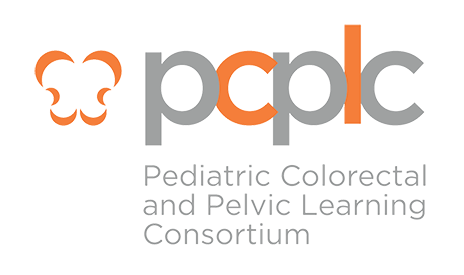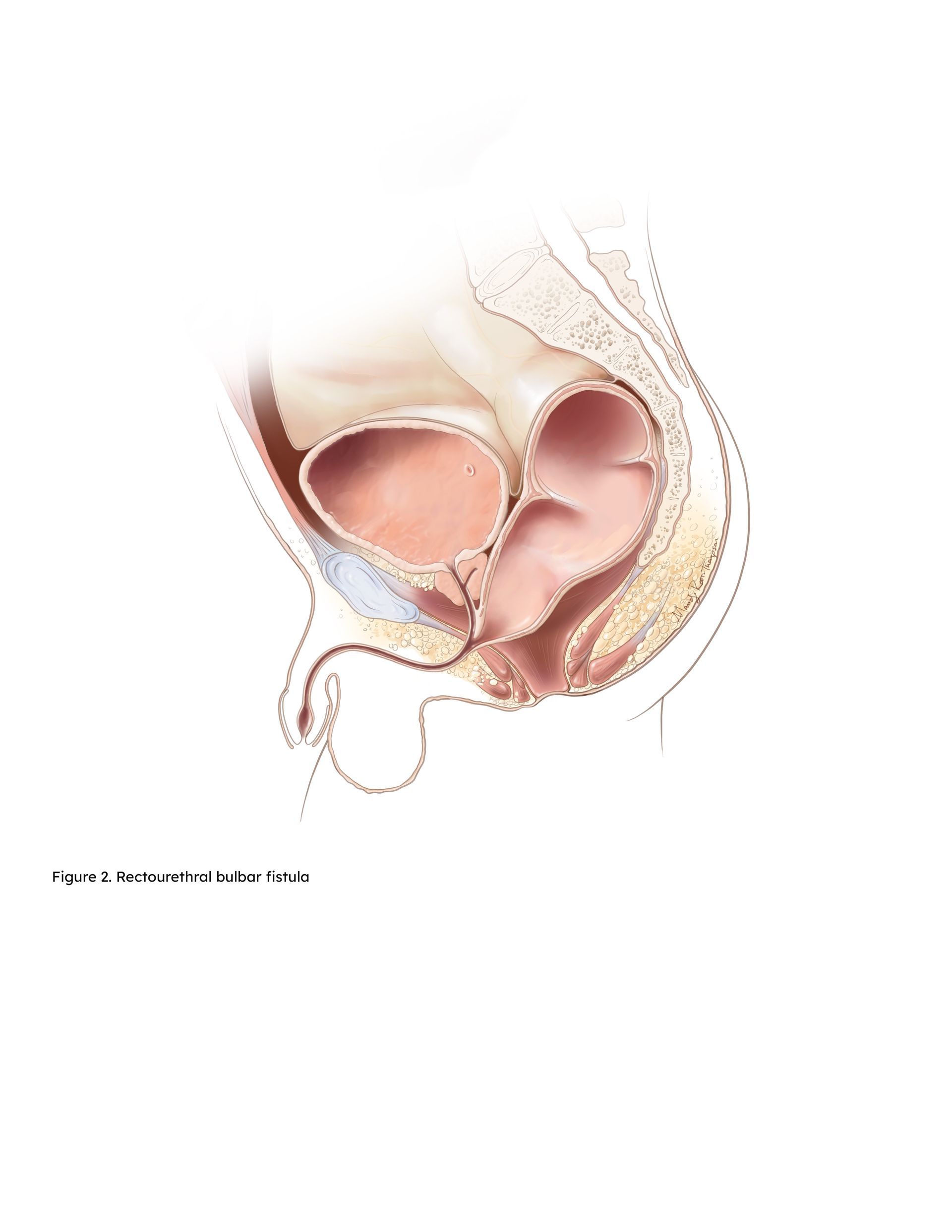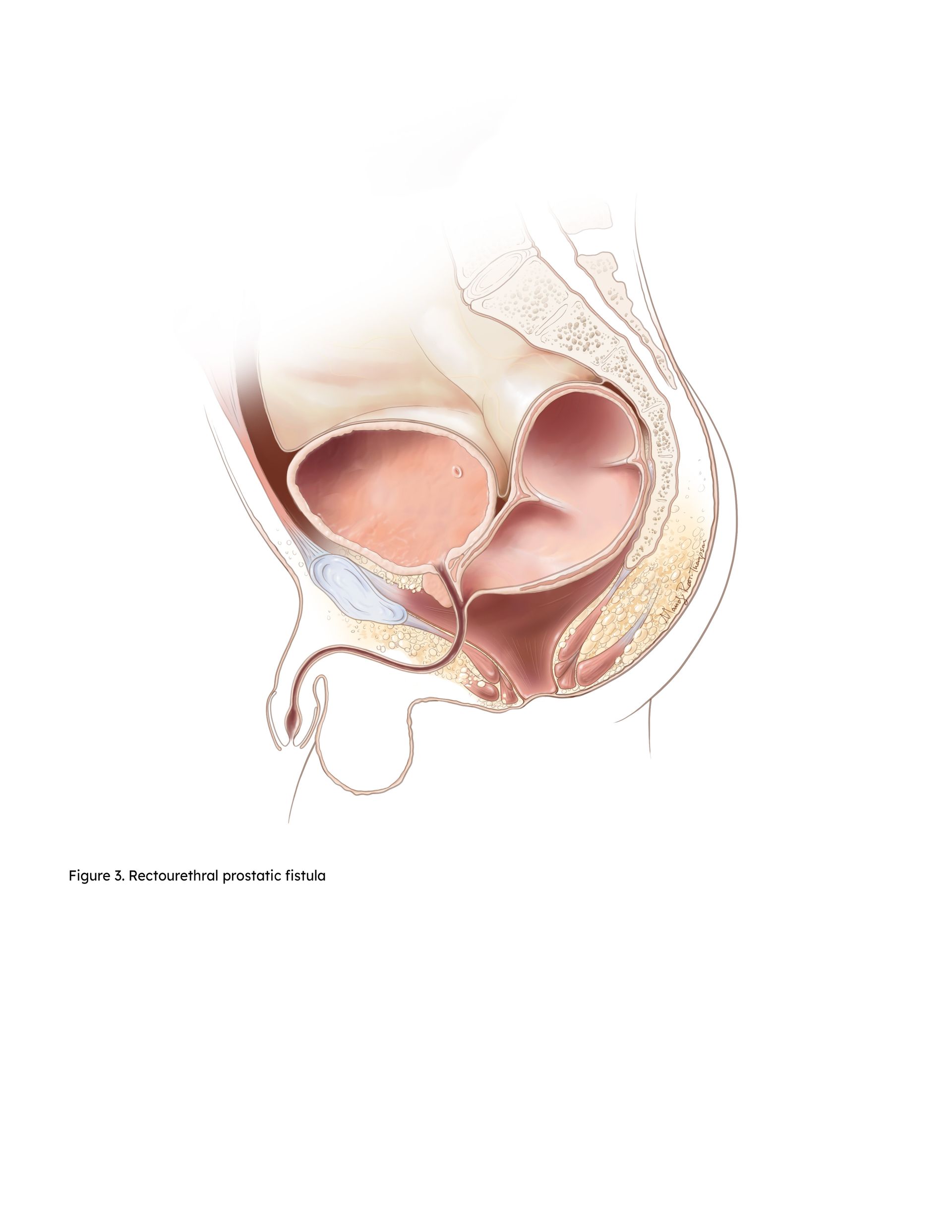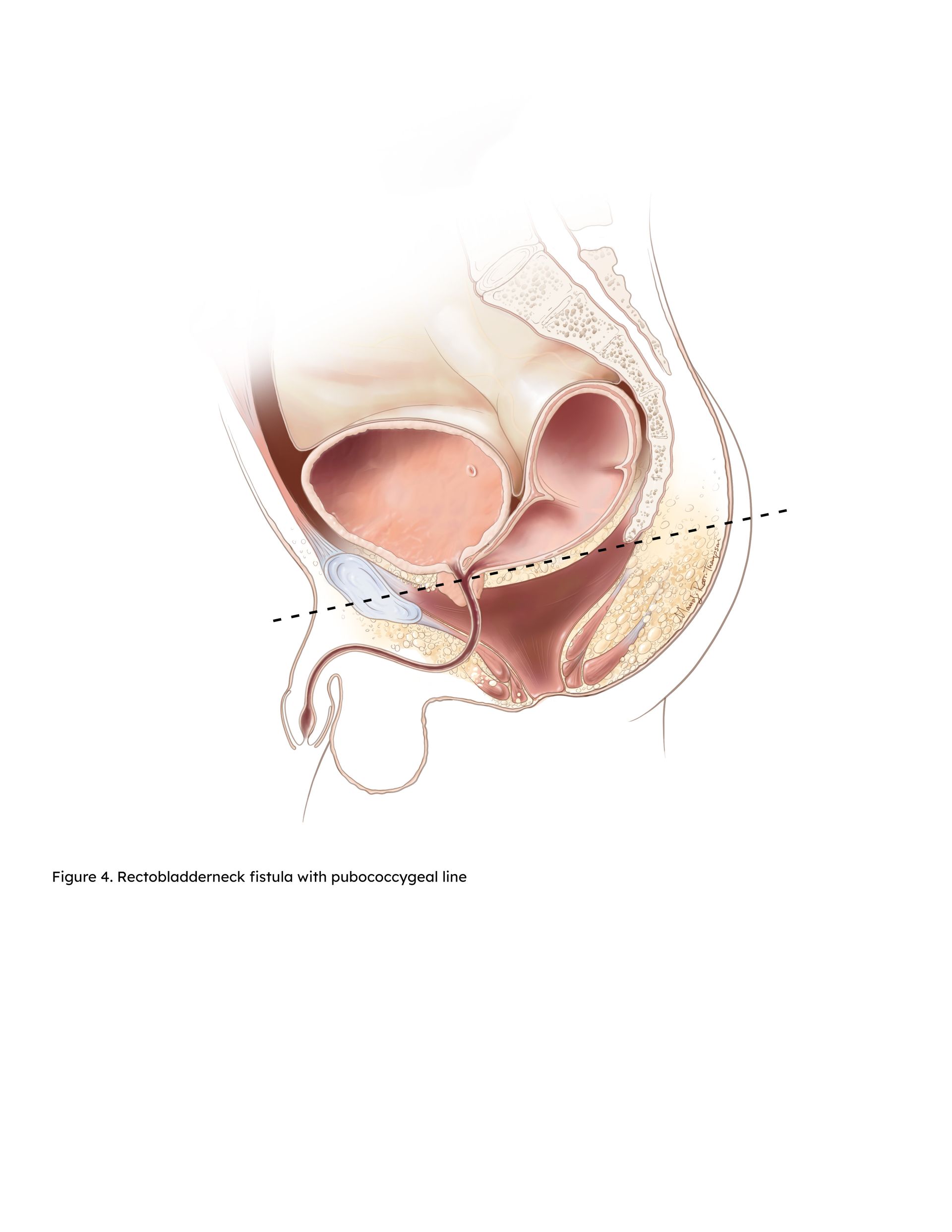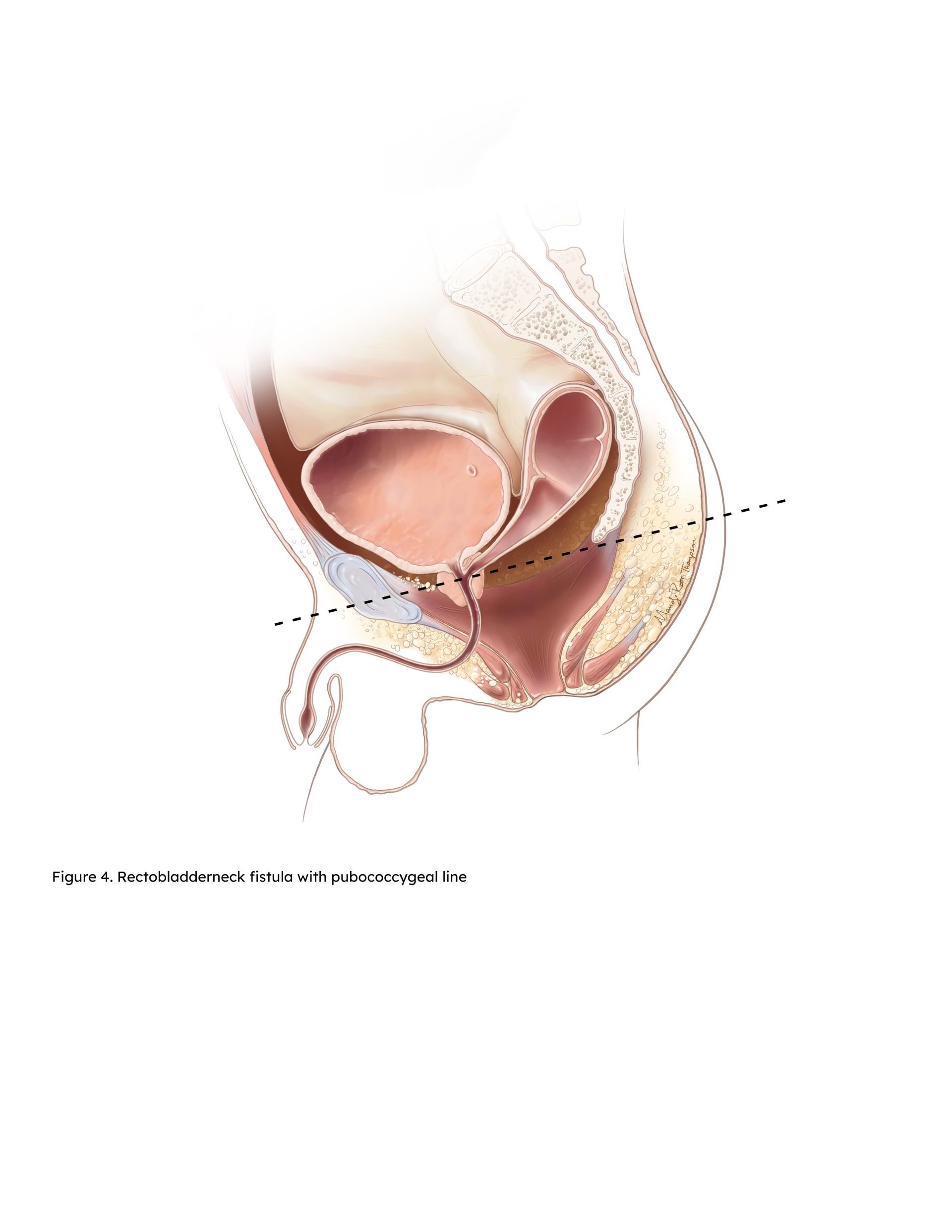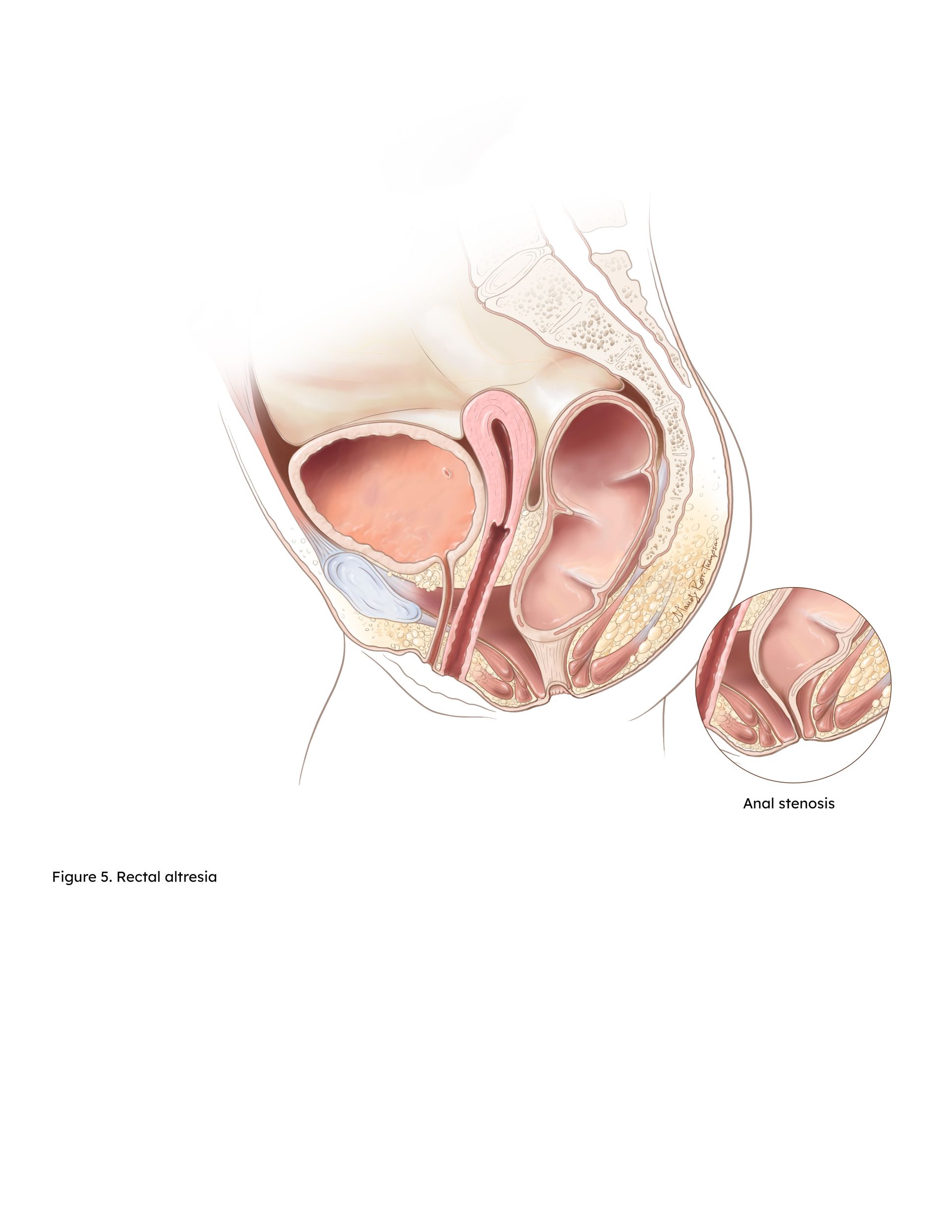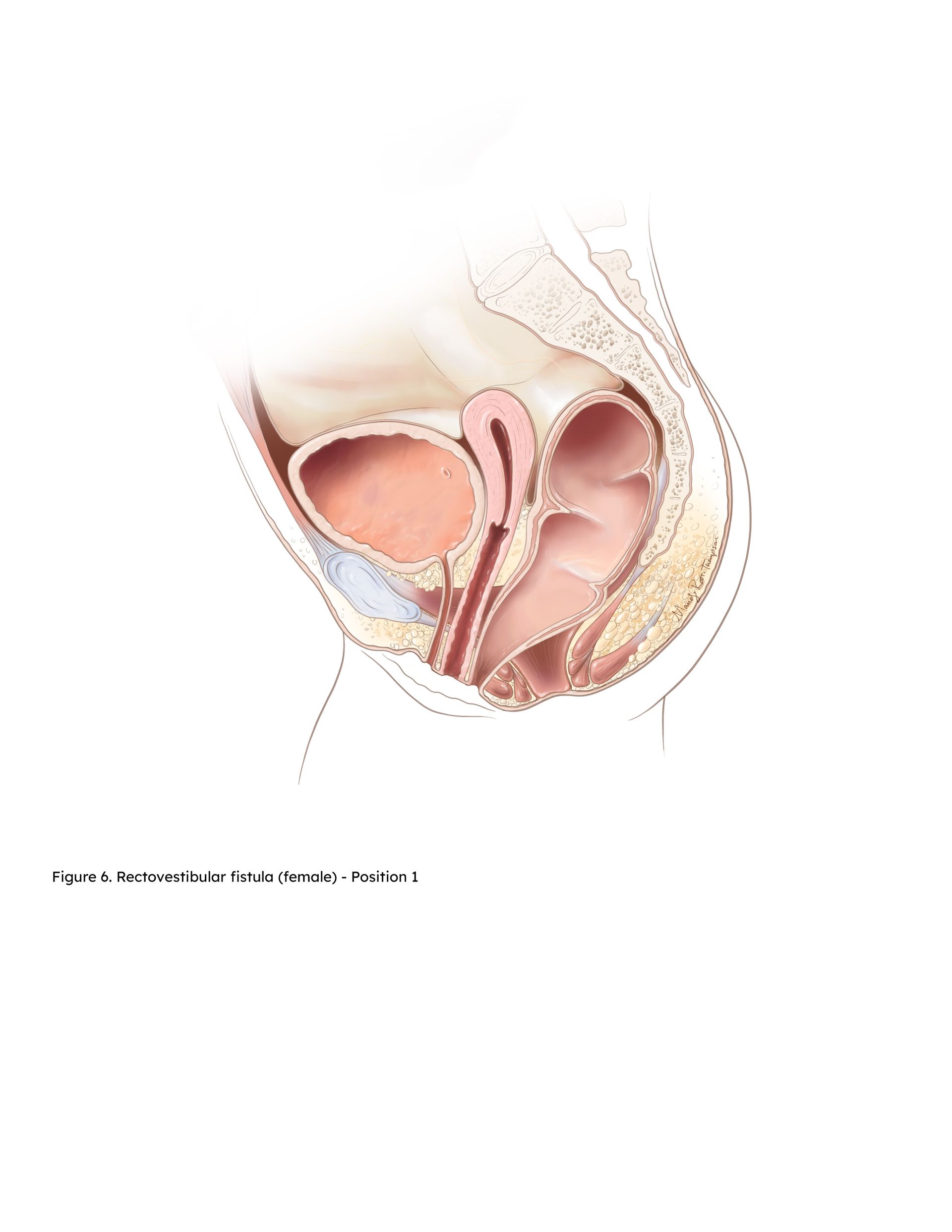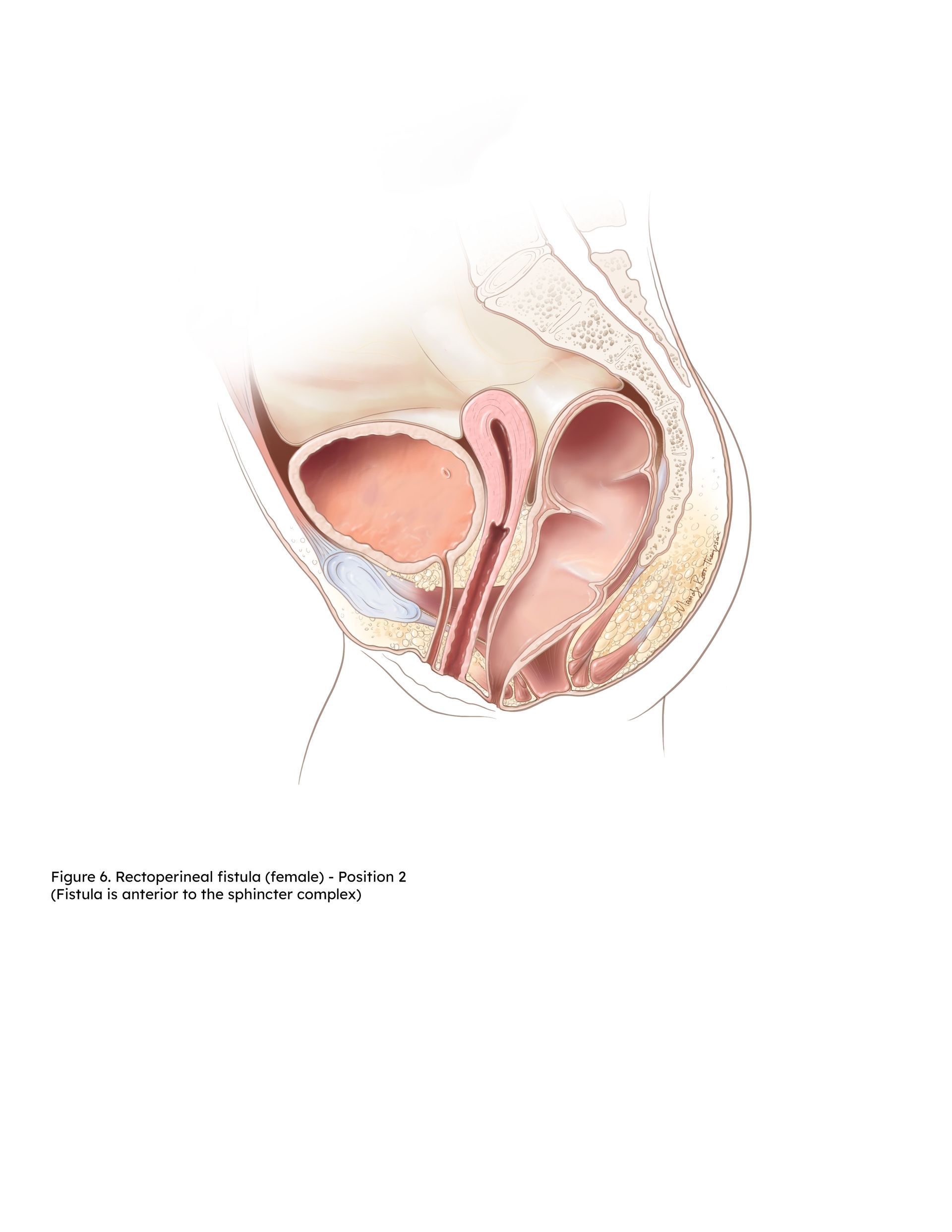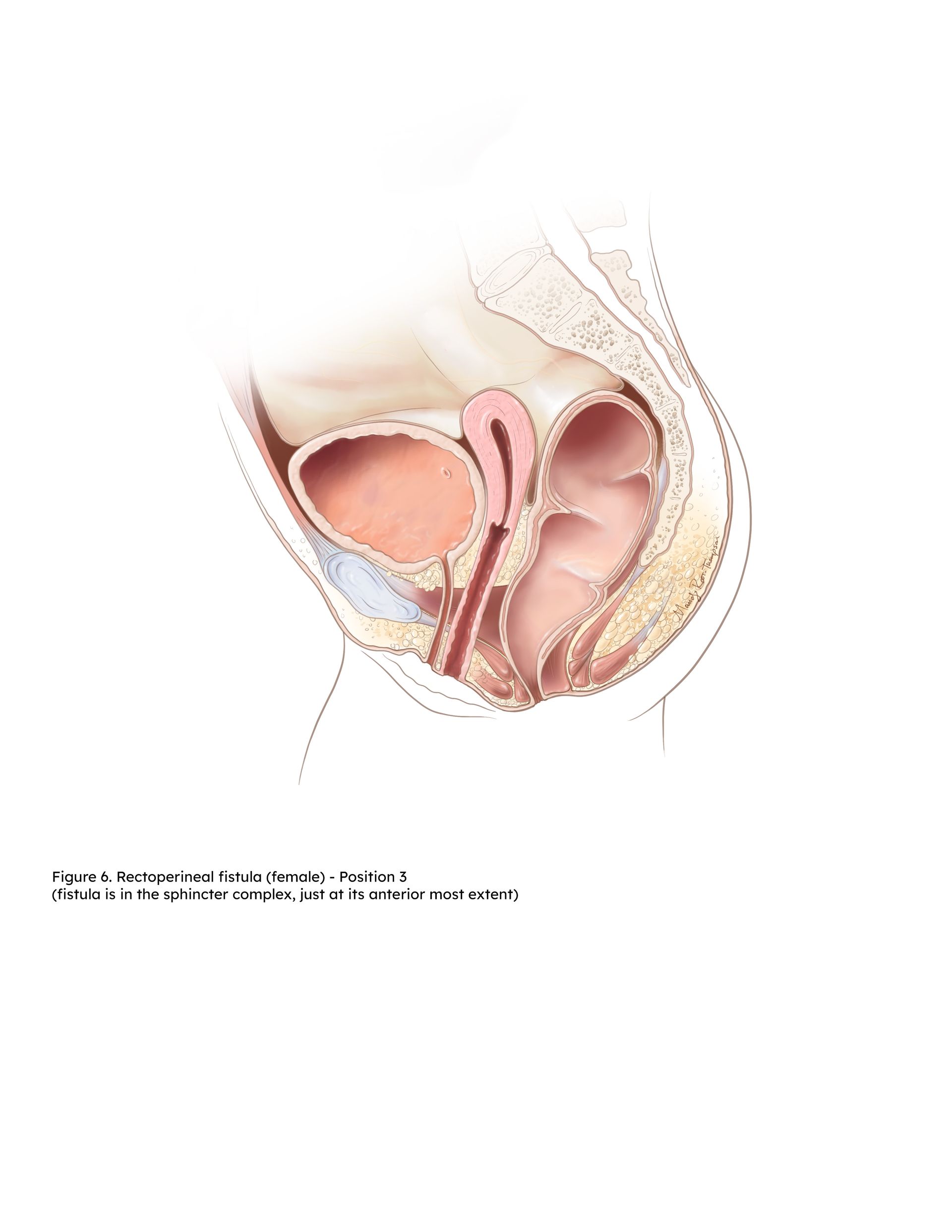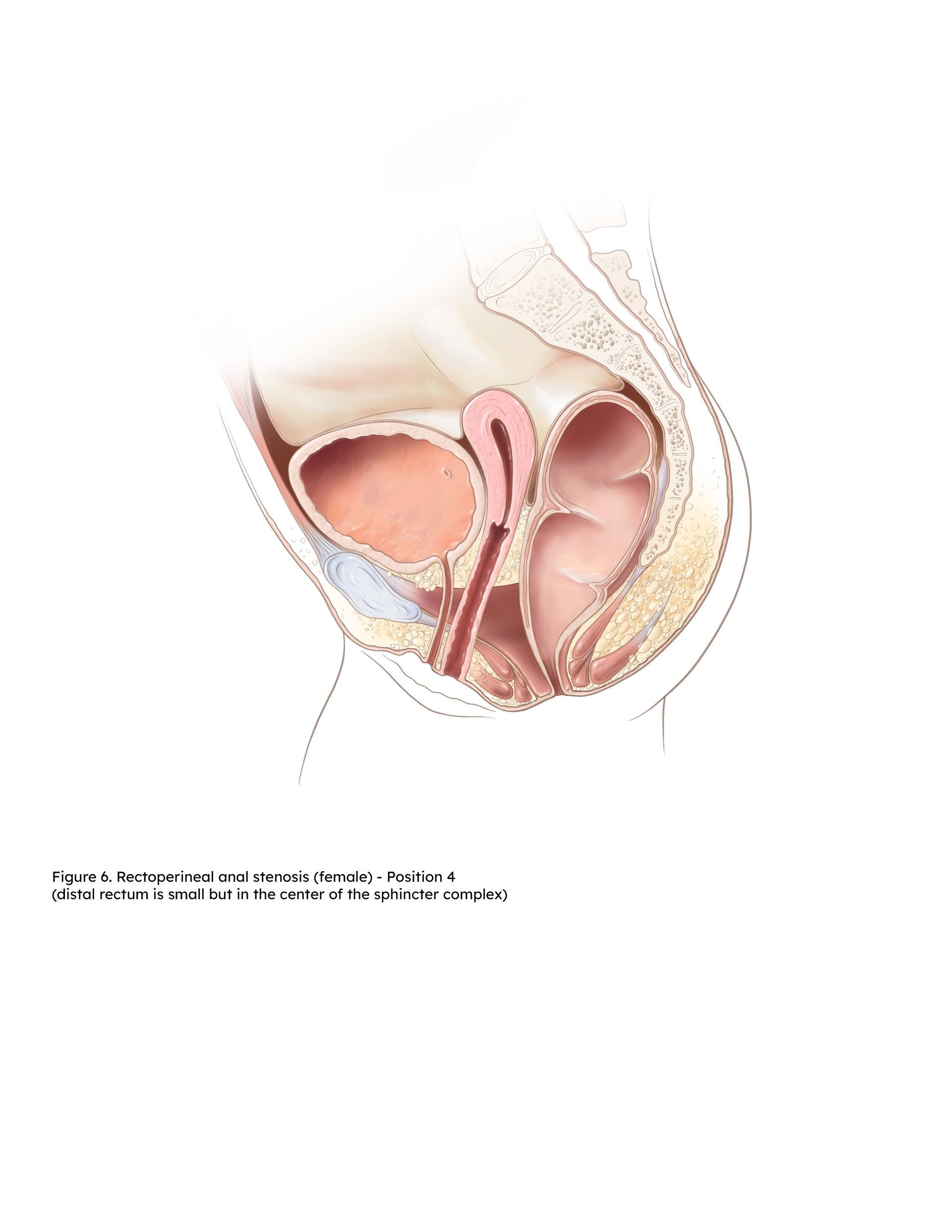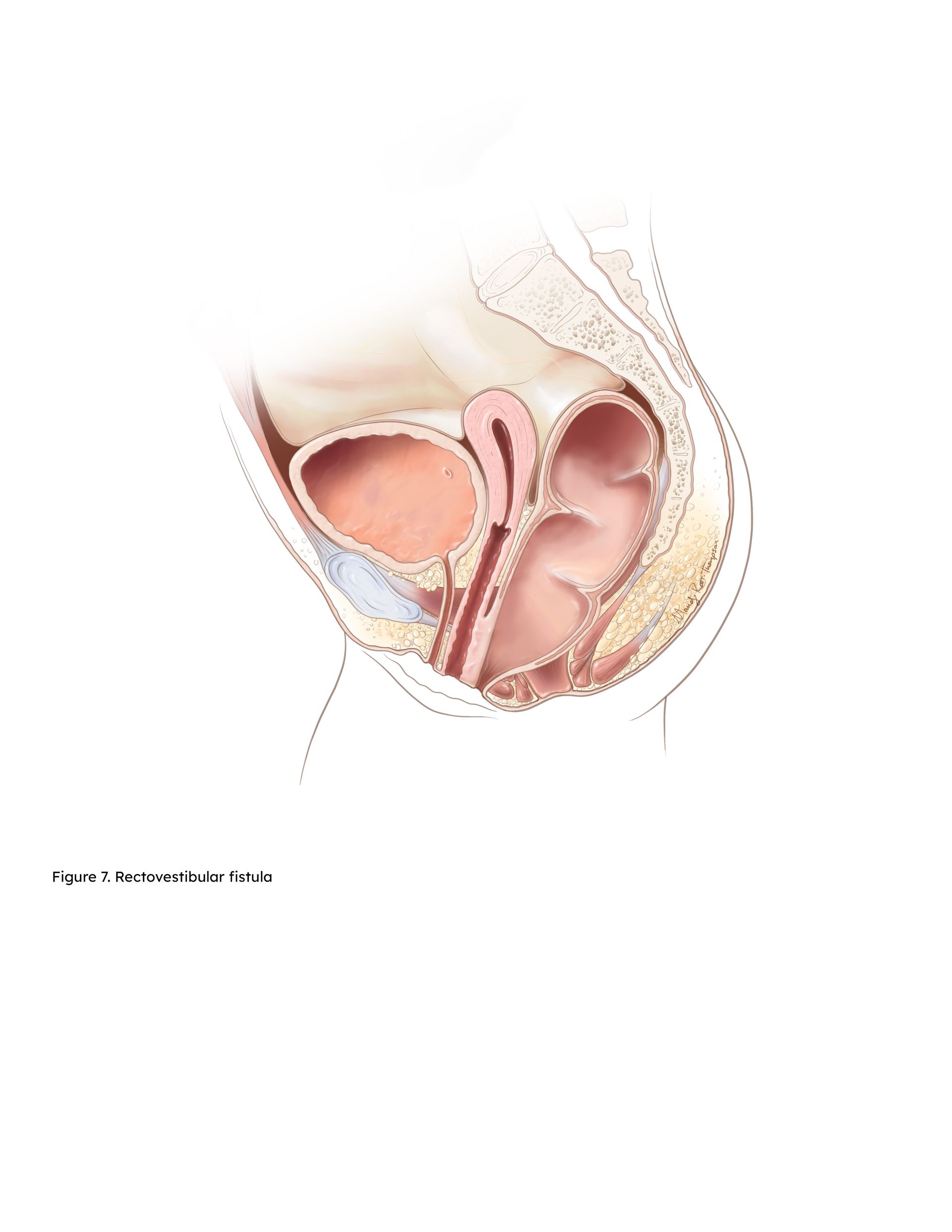CONDITIONS
ANORECTAL MALFORMATIONS
(ARM)
-
OVERVIEW
An anorectal malformation (also called imperforate anus) is a birth defect that occurs early in pregnancy and that affects the development of the rectum and anus. With this defect, the baby’s anal opening (where stool exits) and the rectum (the last part of the large intestine) do not develop properly, preventing the child from having normal bowel movements. Anorectal malformations range in complexity and can occur in association with other abnormalities.
-
EVALUATION & TREATMENT
Evaluation begins with a detailed examination of the newborn perineum (bottom) to determine the type of malformation and if the malformation. The surgeon must decide if the malformation is suited to a primary anoplasty to reconstruct the anus or if the malformation is best treated with a staged approach with initial creation of a colostomy. Definitive reconstruction is delayed until 1-3 months of age on whenever other associated medical conditions (e.g. cardiac defect) have been treated. A distal colostogram is preformed to define the anatomy aid in planning the surgical approach prior to definitive reconstruction.
Newborns are also screened for other associated anomalies involving the heart, genitourinary system and spinal cord. These studies may include:
- Abdominal and renal ultrasounds to examine the urinary tract more closely looking for blockages or abnormal fluid collections. Sometimes an additional test, a voiding cystourethrogram (VCUG) will be performed for further examination of the urinary tract. In girls, an ultrasound will also evaluate the vagina and uterus.
- Spinal ultrasound to look for a tethered cord. An untreated tethered cord can lead to neurologic problems, such as bowel or bladder dysfunction and leg weakness as the child grows. If the spinal ultrasound shows any abnormalities, an MRI of the spine will be ordered to further define the baby’s anatomy at 3-6 months of age.
- Echocardiogram to look for any heart defects
-
OUTCOMES & AREA OF STUDY
Complications of surgery for ARM can include stricture (narrowing) of the anoplasty, prolapse (protrusion of the inner wall of the rectum) of the anoplasty, mislocation of the anoplasty (anus is placed outside the sphincter muscles), and dehiscence (separation) of the midline incision. Long term outcomes include successful management of constipation and the ability to achieve bowel control/continence.
The PCPLC registry collects data for patients with anorectal malformations enrolled at member institutions and includes information such prenatal history, evaluation and testing, associated anomalies, details of surgical repair, hospitalizations, complications, and long term bowel and bladder function. Initial studies using the PCPLC registry data have looked at prenatal factors in patients with ARM as well as describing the bowel management strategies utilized to help patients with ARM achieve bowel control .
Comprehensive multi-institutional data collection serves as the foundation upon which to develop evidence based best clinical practice guidelines and ultimately improve patient care for patients with ARM.
